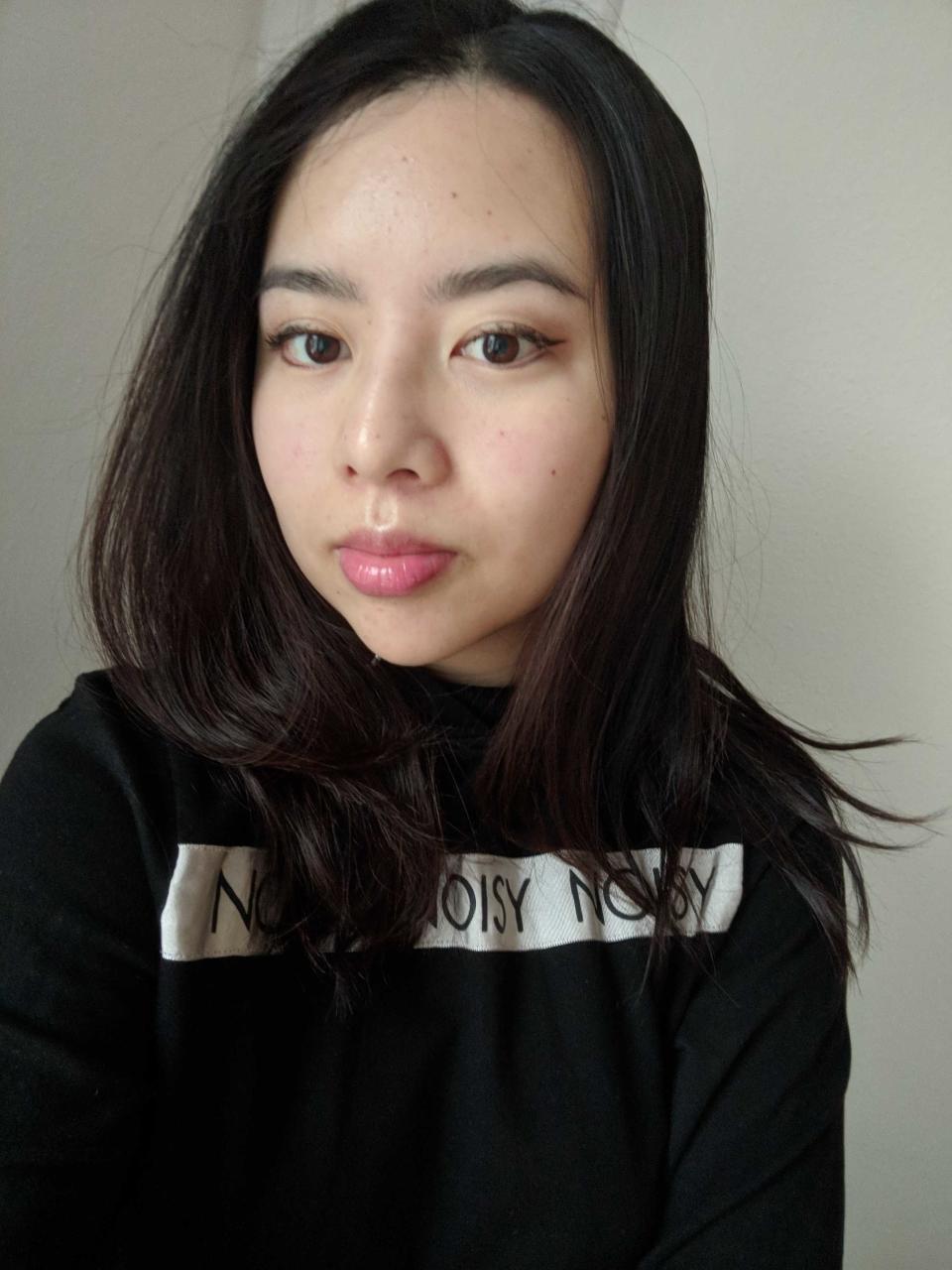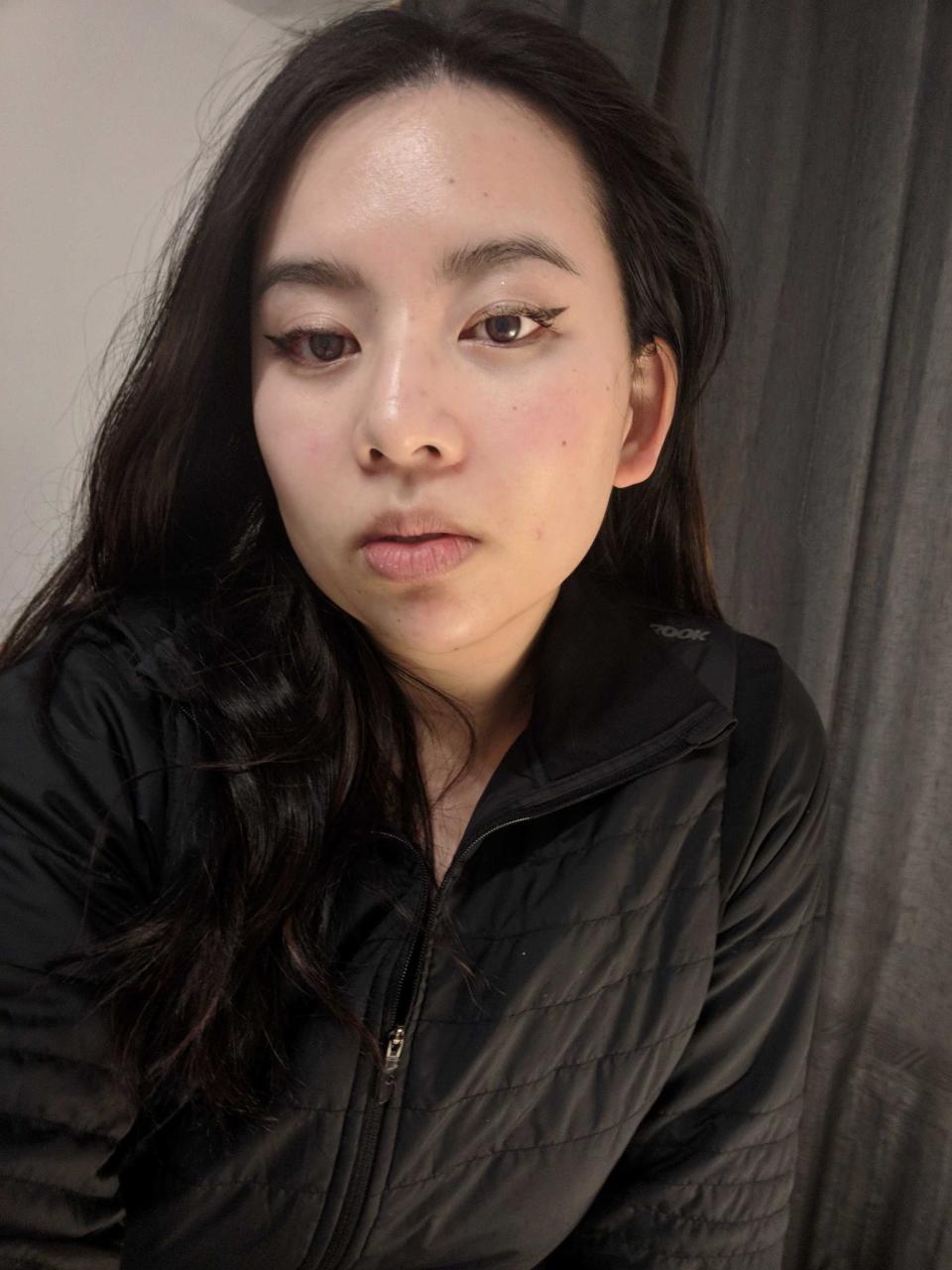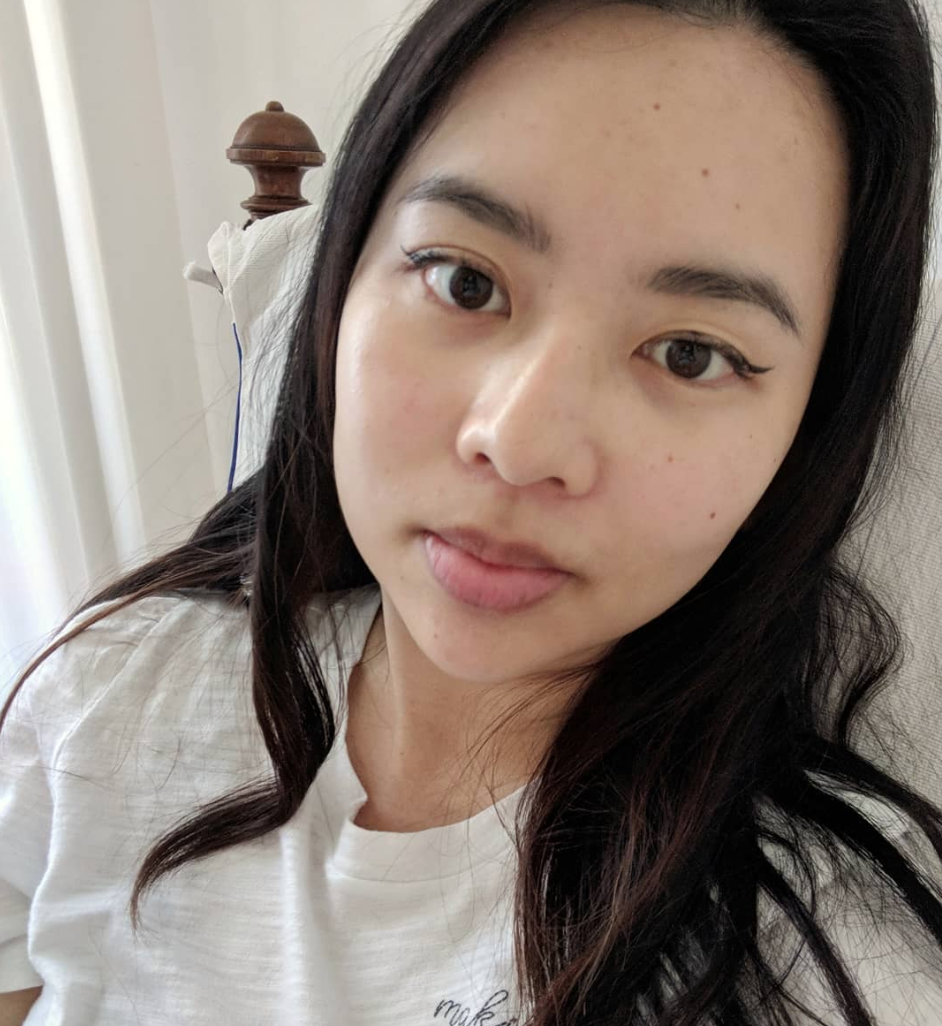I Got Cheek Fillers for the First Time, and Here’s What It’s Like

“Getting work done” is no longer the secret it once was. But if you're considering going under the knife or needle, you deserve to be informed. In our series, Life in Plastic, we're breaking down everything you need to know, from injectables to invasive treatments. Choose to change your looks or don’t—the point is, the choice is yours.
Of all the appearance-altering decisions I've made in my life, none has been met with more judgment than my first brush with injectables. Friends who were totally on board with my permanent budget airport code tattoos (I love them to this day, if anyone is keeping track) were suddenly aghast when I uttered the words temporary cheek fillers.
Data for 2019 from Allergan suggests that there is a lot less stigma attached to medical aesthetics than there was five years ago. Maybe that's true, but in my personal experience, telling someone you're getting poked in the face with a needle is a surefire way to make them freak out on you. There's a fine line between recognizing the pressures put on women's bodies by society and assuming that doing anything to your face must stem from wanting to please men or hating yourself. Something about the words Botox and fillers seems to provoke a visceral response in people who haven't tried it before. If I were to plot the reactions in a pie chart, half the circle would be taken up by appalled disgust and the other half would consist of some variation on the question, "Why do you think there's something wrong with your face? You don't need to change it." To which I would reply with my typical modesty: "I never said there's anything wrong with my face, this right here is perfect. I'm just trying something new for a few months."
It's not my intention to make light of the decision to try injectables. For starters, they're wildly expensive and must be left in the hands of skilled professionals. If you would like to follow in my footsteps, please do your research first. In my specific case, I happen to inhabit the intersection of two rare factors: access to the best derms in the business and a working environment where I've observed lots of impeccably done fillers (which I can only identify because they are so openly and casually discussed among beauty editors). This might be a completely deluded perspective, but getting fillers for six months felt on par with that time I suddenly wanted (and subsequently got) bright red highlights, just for the hell of it—not because I disliked anything about my own hair color. I would love to offer up a deeper reason for going under the needle here than "I felt like it," but that basically sums it up. I felt like it. So I did.
This is how I ended up visiting Munich one chilly spring day, where you can find the absurdly elegant offices of dermatologist and Royal Fern founder Timm Golueke, M.D. Golueke once identified that I have mild rosacea in 30 seconds flat and has a track record of giving me sound advice, so I felt great about placing the fate of my cheekbones in his capable hands.
I asked for something "quite subtle, but also noticeable," which is the kind of infuriatingly vague request derms find it hard to deliver on. After further discussion, I got it together enough to make the clearer request of more prominent cheekbones—"a little bit sharper," I told him. Once this was decided and he informed me that he would inject sparingly on the side that was already higher, my mid-face was treated to thick diagonal stripes of numbing cream for 10 minutes while he prepped a fresh vial of Restylane.
Spoiler alert: Filler is not painful, but I am about to describe it in excruciating detail, so the needle-averse should scroll right past this paragraph. Golueke explained everything he was doing as he worked, and I have to give him props for making the sentence "Now I'm going to make a small hole in your face" sound soothing. Because he was sculpting cheekbones instead of injecting more superficially for wrinkles, he swapped the syringe for a blunt-tipped cannula (a thin, long metal tube) and went deeper under the skin. Cannulas look like needles but aren't pointy, so using them meant he had to first poke tiny injection sites at the top of my cheekbone before sliding the cannula diagonally along my face, under the skin.
Thanks to the numbing cream, I didn't feel the opening of the injection site. The second part of the process was another story. It turns out a side effect of having so many colleagues tell me about their fillers was that I was unnecessarily nervous. Based on their fun anecdotes, I was expecting everything from loud crackling noises to the nauseating feeling of cement and needles squeezing into my facial muscles. A few even told me they began losing consciousness in the chair (I circumvented this by making sure to eat a cookie the size of my face before I showed up). You can see why I immediately tensed and braced for the worst at the first, unsettling sensation of the cannula going in.
I wasn't numb beneath my skin, which meant I could feel something happening. But—and I promise I'm not saying this in the sadistic "It doesn't hurt at all!" way while sitting back with popcorn when other people undergo torture—it wasn't nearly as bad as I had heard. It was definitely strange because it was happening in a level of my face that isn't used to sensation, but I'd classify it as only a bit worse than getting a shot or giving a blood sample. There was just a vague, concentrated soreness, kind of like an extreme version of extractions. It was over in a couple of minutes. I suggest you spend those minutes with your eyes closed if you get squeamish.



Actually, it would have been over, but after one unit my cheeks weren't quite as lifted as I wanted them to be. Golueke always prefers adding a little at a time, which allows you to easily request another round if desired. After examining my face in the mirror, I gave him the go-ahead to keep on injecting. We stopped after the second set, emptying a scant 1 milliliter total of Restylane into my face, which he then massaged in so that it could settle properly. Restylane is slightly stiff and feels about as relaxing as getting a rock massaged into your cheekbone. Golueke estimates 1 ml would cost around $450 in his Munich clinic, but the price will vary widely based on where you're getting it done. In the U.S., expect it to be around $700—and note this is not an appointment you want to cheap out on. Happy with the final result, I held two ice packs against my cheeks for another 10 minutes, downed a cappuccino, and was on my merry way back to Berlin.
I might have gotten especially lucky with my choice of derm, but my recovery was virtually nonexistent. Golueke advised me not to take any blood-thinning medications or exercise right after to minimize the risk of bruising, a directive I had no problem following. My face was flushed immediately after being poked with needles—probably because, like most faces, it doesn't really enjoy that—but the color had dissipated by the time I reached the airport. I didn't bruise at all and I didn't start swelling until the morning after. It was minor; on a scale of one to 10, with one being no swelling and 10 being the chipmunk cheeks you're blessed with after wisdom teeth extraction, I was hovering around a 4. By afternoon the swelling had gone down for good, and I was free to enjoy my remodeled bone structure in peace by engaging in my favorite activity, taking many selfies!
Jokes aside, Golueke is an artist and his work in no way resembles the kind of overdone fillers that make people so wary of them in the first place. The way he placed the material also slightly lifted and contoured my entire face, making my jawline and my overall features look sharper as a bonus. The change is subtle enough that you probably wouldn't be able to pinpoint where the difference was if I didn't point it out, but of course I have been enthusiastically pointing it out to everyone I know. Another bonus is that Restylane is based on hyaluronic acid, a moisturizing ingredient often found in serums and sheet masks. Injecting it delivers an intensely hydrating, glow-imparting effect and induces the production of collagen as well as (or better than) your most-loved topicals.
I love my Restylane cheekbones—that much should be clear by now—and I plan on enjoying every second of them while they last. Six months from now, they'll dissolve fully and my face will gradually morph back into its original shape. I'm fine with this; I'm as content with my familiar older reflection as I am with my new one, which gives me a small shock of delight every time I pass a shiny surface.
I'll embrace my softer profile with the same giddy recognition when it returns in half a year. And one day, when I feel that spontaneous urge to switch things up again, maybe I'll be back.
Sarah Wu is a writer in Berlin. Follow her at @say.wu.
Originally Appeared on Glamour

